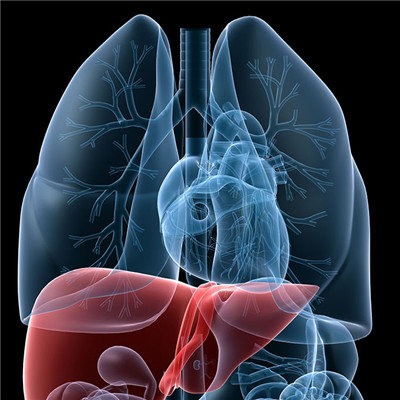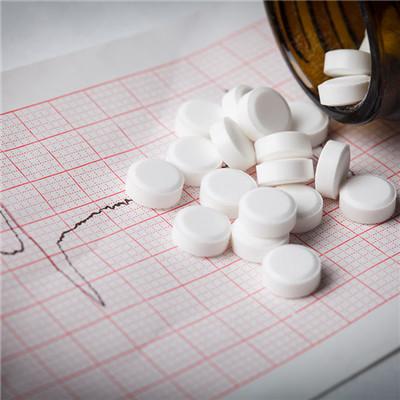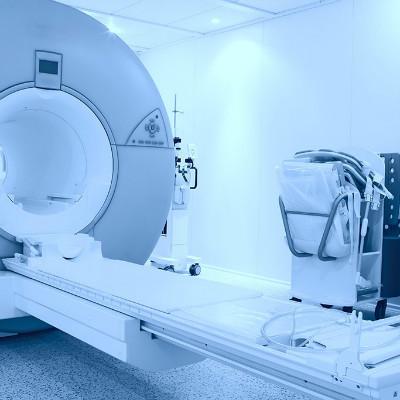What disease is pulmonary bulla
summary
Bullae is a complex lung disease, asymptomatic bullae is not treated, and accompanied by chronic bronchitis or other diseases, it needs timely treatment. Let's take a look at the disease of pulmonary bullae.
What disease is pulmonary bulla
First of all, pulmonary bullae refer to the air sac containing cavity formed in the lung tissue due to the increase of pressure in the alveolar cavity and the rupture and fusion of the alveolar wall due to various reasons. Pulmonary bullae are congenital and acquired. Congenital is more common in children, due to congenital bronchial dysplasia, mucosal folds are valvular, cartilage dysplasia, resulting in valve effect. Acquired pneumonia is more common in adults and elderly patients, often accompanied by chronic bronchitis and emphysema. At present, the vast majority of pulmonary bullae surgery can be completed under video-assisted thoracoscopy, 2 / 3 of patients with postoperative symptoms improved significantly. However, as for which way to treat, it needs to be decided according to the patient's condition.
Secondly: pulmonary bullae are usually secondary to inflammatory lesions of small bronchus, such as pneumonia, tuberculosis or emphysema. There are also some idiopathic pulmonary bullae with unclear etiology. After inflammatory lesions of small bronchus, edema and stenosis appear, and the lumen is partially blocked, resulting in valvular effect, so that the air can enter the alveoli and is not easy to discharge, resulting in increased pressure in the alveoli; at the same time, inflammation damages the lung tissue, and the alveolar wall and septum are gradually broken due to increased pressure in the alveoli, and the alveoli fuse with each other to form a large gasbag containing cavity.
Finally: asymptomatic bullae do not need treatment, patients with chronic bronchitis or emphysema, the main treatment of primary lesions. Antibiotics should be used for secondary infection. The volume of the blister is large, accounting for 70% - 100% of one side of the chest. Surgical resection of pulmonary bullae can make the compressed lung tissue expand again, increase the respiratory area, disappear the intrapulmonary shunt, increase the arterial oxygen partial pressure, reduce the airway resistance, increase the ventilation volume, and improve the dyspnea symptoms such as chest tightness and shortness of breath.
matters needing attention
The key to understand pulmonary bullae is to know the characteristics of the disease. When similar diseases appear, timely treatment and usual nursing measures are helpful to the recovery of the disease.
















